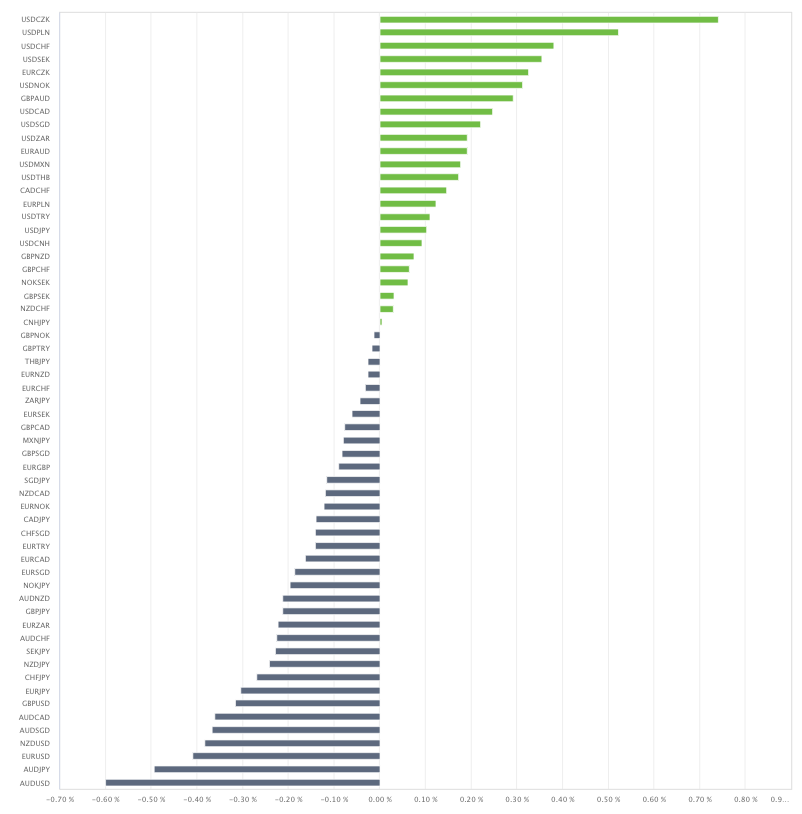The Global Significance of Wheat: History, Varieties, and Markets
Wheat, a grain that may seem simple, is actually an indispensable link in the global food supply.
As one of the most widely cultivated crops in the world, wheat is not only a dietary staple for billions of people, but also a critical economic support for many countries. Since ancient times, wheat has played a pivotal role, from early agricultural societies to industrialized nations nowadays, its influence has reached across cultures and history.
This article will introduce the content related to wheat, such as development, varieties, market trends, etc.
The History of Wheat
The history of wheat can be traced back to approximately 10,000 years ago, and it was first discovered and cultivated in the place where it is present-day Turkey and its neighboring regions.
This ancient grain was gradually turned from a wild species into a cultivated crop, playing a critical role in the transition of humanity from a hunting/gathering society to an agrarian society.
Wheat cultivation drove population growth and complicated social structures, forming the foundation of early civilizations.
In ancient civilizations, wheat was especially important. For instance, in the Mesopotamian plain, rich soil and favorable climates made wheat the core of agriculture in that region, therefore supporting the development of early city-states like Uruk and Babylon.
Similarly, in ancient Egypt, wheat was not only a daily staple, but also a kind of currency used to pay workers and facilitate trade.
The advent of the Industrial Revolution brought significant changes to wheat production.
During the 18th and 19th centuries, mechanical tools such as threshers and steam-powered reapers were introduced, which greatly increased the yields of wheat and reduced the reliance on mass labor.
Besides, the rise of scientific agriculture, including selective breeding and improvement of soil management, further improved the quality and productivity of wheat.
In the 20th century, modern agricultural techniques, such as the use of synthetic fertilizers, complement irrigation techniques, and genetic modifications, accelerated the modernization and globalization of wheat production.
These developments not only ensured a stable wheat supply, but also made wheat play a crucial role in the global food market.
Uses of Wheat
Wheat is one of the most essential staples in the world, with diverse uses. After milled into flour, wheat is commonly used to produce various foods, such as bread, buns, cookies, cakes, noodles, and pasta.
Besides, wheat grains are used to produce glucose, liquor, alcohol, beer, sauces, soy sauce, and vinegar.
Through fermentation, wheat can be transformed into beverages like beer, spirits, and vodka.
Wheat flour can also be treated with bacterial fermentation to produce monosodium glutamate (MSG) or to serve as raw material for biofuels.
Besides, wheat is an important source of animal feed, and wheat straw can serve as both feed or building material, e.g. for thatching roofs.
Due to its wide application and importance, wheat has become an indispensable component in human diets and industrial production.
Wheat Varieties and Distribution
Wheat can be classified into several main varieties, each with unique characteristics and uses.
Durum wheat, known for its high protein content, is widely used in pasta and other coarse-grain foods, primarily cultivated in Canada, the United States, and Italy.
Soft wheat, with lower protein content, is suitable for making cookies, cakes, and bread and is mainly distributed in the eastern and central U.S. and parts of Europe. The distinction between spring and winter wheat is based on planting season.
Spring wheat is sown in the spring and harvested in the fall, adapts to colder climates, and is primarily cultivated in Canada, Russia, and northern parts of the United States. Winter wheat, sown in the fall and harvested in late spring or early summer, is primarily distributed in the central United States and temperate regions of Europe.
Wheat Markets and Economic Influence
Wheat is one of the most crucial staple grains in the world, its trade pattern shows a highly globalized characteristic.
The United States, Russia, and Canada are the largest wheat exporters in the world, possessing a production that not can only meets domestic demand, but also be widely exported to other countries.
Major wheat importers include countries in the Middle East, North Africa, and parts of Asia, where self-sufficiency in wheat production is lower and reliance on international markets is high.
Wheat prices fluctuate due to various factors, with climate change as an important factor.
Unusual weather conditions, such as droughts or floods in major producing regions, often lead to supply shortages and increased global prices.
Besides, policy changes, such like export restrictions or subsidies, can also significantly affect prices.
Market demand shifts, such like population growth or changes in consumer preferences, are also key drivers of price fluctuations.
